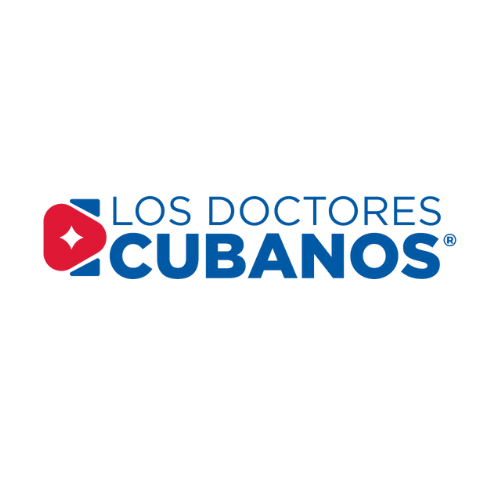Acne is a very common skin condition.
It can affect teenagers, adults, even small children!
 Acne occurs when hair follicles under the skin become clogged with bacteria and oil. Acne can affect your face, neck, shoulders, chest and back. The medical term for acne is Acne Vulgaris. When the pores under our skin become clogged with dead-skin, oil, and/or bacteria, they can vary in appearance. These pore buildups can look like whiteheads, blackheads, red papules, or pus-filled cysts. Depending on the depth and type, acne can sometimes be painful or cause irritating side effects.
Acne occurs when hair follicles under the skin become clogged with bacteria and oil. Acne can affect your face, neck, shoulders, chest and back. The medical term for acne is Acne Vulgaris. When the pores under our skin become clogged with dead-skin, oil, and/or bacteria, they can vary in appearance. These pore buildups can look like whiteheads, blackheads, red papules, or pus-filled cysts. Depending on the depth and type, acne can sometimes be painful or cause irritating side effects.
Acne occurs when hair follicles under the skin become clogged with bacteria and oil. Acne can affect your face, neck, shoulders, chest and back. The medical term for acne is Acne Vulgaris. When the pores under our skin become clogged with dead-skin, oil, and/or bacteria, they can vary in appearance. These pore buildups can look like whiteheads, blackheads, red papules, or pus-filled cysts. Depending on the depth and type, acne can sometimes be painful or cause irritating side effects.
 What causes acne?
What causes acne?
Acne is an inflammatory disorder of the skin, which has sebaceous (oil) glands that connects to the hair follicle. When the skin is healthy, the sebum (oil) leaves onto the skin surface through the pore, an opening of the hair follicle. Keratinocytes, a type of skin cell, line the follicle. Typically, they rise up to the surface of the skin. When a person has acne, the hair, sebum, and keratinocytes stick together inside to form a plug which prevents them from reaching the surface of the skin. The mixture of oil and skin cells causes bacteria that normally live on the skin to grow.
 These clogged follicles then cause inflammation, swelling, redness, pain, discomfort, when they eventually break down. When they break down, often, the broken duct flows out bacteria, dead skin cells, and sebum onto nearby healthy skin, causing pimples.
These clogged follicles then cause inflammation, swelling, redness, pain, discomfort, when they eventually break down. When they break down, often, the broken duct flows out bacteria, dead skin cells, and sebum onto nearby healthy skin, causing pimples.
 Who does acne affect?
Who does acne affect?
Acne can affect everyone. For newborns, acne is termed as “neonatal acne” and typically is resolved on its own. For “infantile acne,” reserved for older babies after 6 weeks of age, it can resolve on its own. However, with most severe cases, it is treated with topical agents with a dermatologist. For children between the ages of one and seven, it is uncommon to see acne and they must be treated with a dermatologist. Secondary diagnosis can most often include folliculitis and requires treatment with a dermatologist. For “preteen acne”, children ages 7-12, it is pretty common to start seeing breakouts. Children commence puberty and are often prone to hormonal changes that include acne. Acne typically appears as mild, with small whiteheads and blackheads, often treatable with topical agents through a dermatologist. For “teen acne,” children ages 12-18, hormones are rampant and children are very prone to acne. For mild cases, acne can be treated topically. For more severe cases, a dermatologist may recommend a stronger regimen.
For adult acne, ( yes, adults can get acne too), it can be triggered by several factors.  These factors include but are not limited to: stress, hormonal changes, genetics, skin irritation, and smoking (nicotine). For treatment, it is recommended to visit a board-certified dermatologist, as treatment can vary.
These factors include but are not limited to: stress, hormonal changes, genetics, skin irritation, and smoking (nicotine). For treatment, it is recommended to visit a board-certified dermatologist, as treatment can vary.
What are the different types of acne?

There are different types of acne.
Cystic acne causes deep, pus-filled pimples and nodules. These can cause scars.
Fungal acne, formally known as pityrosporum folliculitis, occurs when yeast builds up in your hair follicles and makes your skin itchy.
Hormonal acne affects adults who have an overproduction of sebum that clogs their pores.
Nodular acne causes pimples on the surface of your skin, and tender, nodular lumps under your skin.

When the acne forms, it looks different. There can be whiteheads, blackheads, red papules, and even cystic pus-filled growths. Blackheads are caused by high levels of melanin in the skin that oxidizes as it goes through the pore, creating a dark brown or black spot. Whiteheads appear when dead skin gets trapped in a hair follicle under the surface of your skin, causing an inflamed pimple with a whitehead. Red papules form when there is substantial irritation and inflammation, leading to a red raised bump.
How to treat acne?
For over the counter treatment, it is often best to start with a face wash. A face wash containing Benzoyl Peroxide 2.5% and above is often recommended to start using once to twice a day. It is imperative to wear sunscreen in the morning to ensure acne marks do not become permanent scars. Additionally, it is important to incorporate non-comedogenic SPF into your morning routine, to prevent acne scars from forming with UV exposure.
If the acne is not treated with simple over the counter measures, it is best to seek professional attention with a board-certified dermatologist.

DID YOU ENJOY THIS ARTICLE?
Make sure to like, comment, and share!
Message our team for any topic requests
Happy Reading!
-Dr. Del Campo

